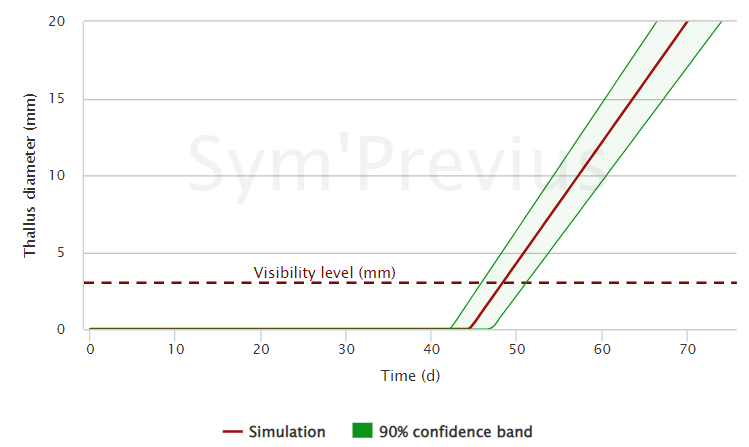
A new tool for simulating mould germination and growth
Mould growth is complex, as it occurs in several stages (germination, hyphal elongation, mycelial proliferation, sporulation), the kinetics of which depend on environmental factors such as temperature, water activity, the presence of organic acids or fungistatic compounds, or the composition of the headspace in the packaging. While predictive microbiology applied to molds has been around for many years, no application aimed at its use in an industrial context was yet available. The Sym’Previus online application includes a new fungal tool designed to fill this gap.
Access to the fungal tool is optional (not included in the standard Premium version) and requires an additional subscription.
Interested? Any question? Contact Sym’Previus!
A new tool to simulate bacterial growth under MAP conditions
The interactions between all the components are decisive in the efficiency of modified atmosphere packaging. Film characteristics, gas composition and diffusion properties, headspace volume, weight and food characteristics were all studied. Based on the data acquired, mathematical models were developed to take these phenomena into account, and to visualize the impact of the choice of gas mixtures adapted to the product and packaging on microbiological development.
Although modified atmospheres have been used in business for many years, no application aimed at their use in the industrial context was yet available. Sym’Previus now incorporates a new MAP module (the result of over 10 years’ research) to facilitate the selection of suitable packaging and gas mixtures in relation to food formulation and storage conditions, in order to optimize the shelf life of food products.
Access to the MAP tool is optional (not included in the standard Premium version) and requires an additional subscription.



